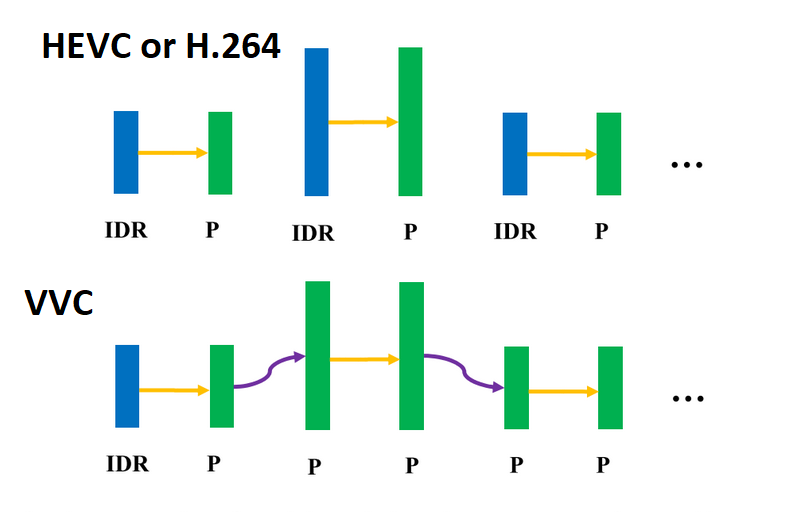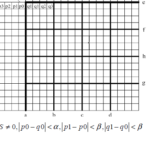In HEVC and in H.264, when a codec changes spatial resolution (due to adaptation to new network conditions), it must send IDR and hence to break the temporal prediction.
In VVC, there is a special feature – reference picture resampling (RPR). VVC inter coding may use to one or more previous reference pictures that have a different spatial resolution. In such a case the reference picture should be downscaled or upscaled for motion compensation.
Thus, in VVC we can change the resolution without sending IDR and breaking temporal prediction:

the above figure taken from the paper “Overview of the Versatile Video Coding (VVC) Standard and Its Applications”, by Benjamin Bross et al.
Note: downscaling seems a good solution to cope with reduction of network bandwidths, but upscaling still is necessary at user’s side and the upscaling might add visual degradation like blurring.

23+ years’ programming and theoretical experience in the computer science fields such as video compression, media streaming and artificial intelligence (co-author of several papers and patents).
the author is looking for new job, my resume







To the videonerd.website webmaster, Your posts are always well-supported by facts and figures.